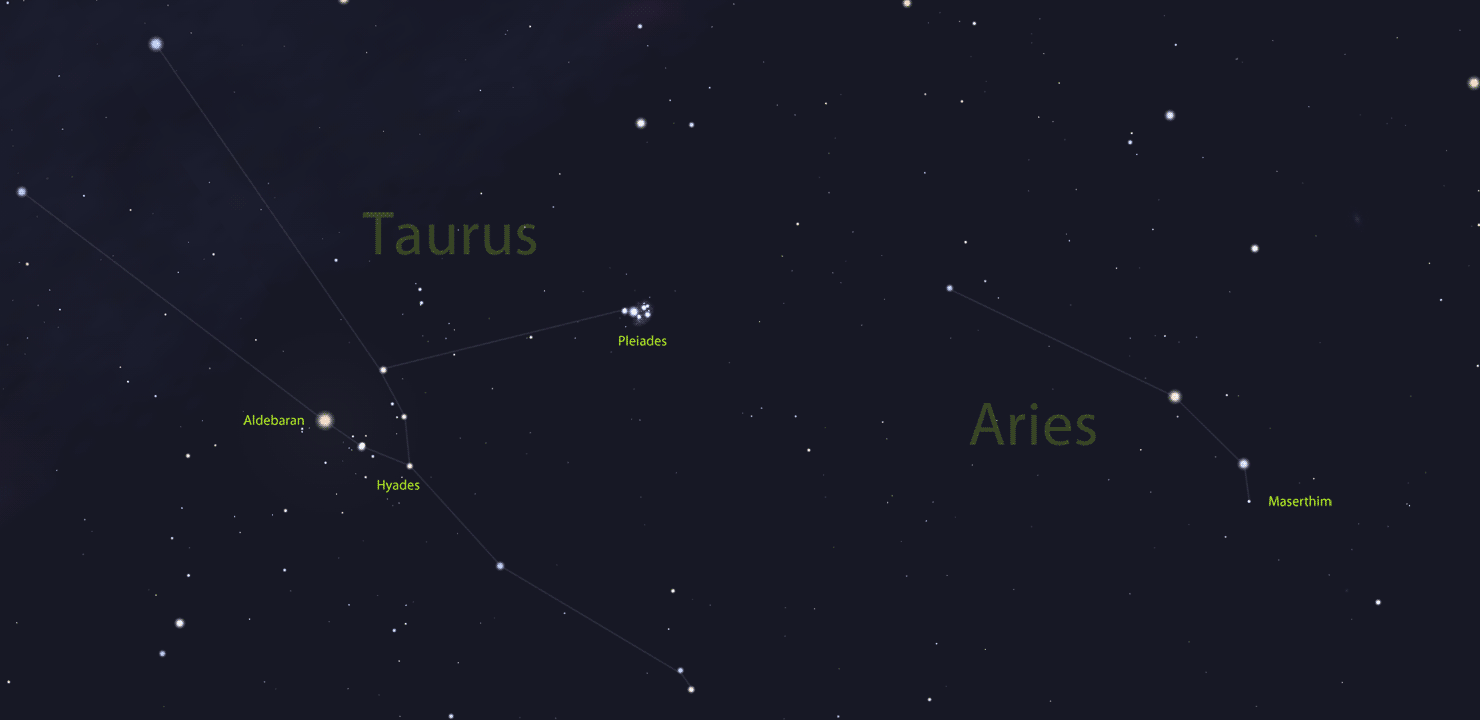The Sky in October
Meteor Showers
Draconids
Peaks October 8-9Orionids
Peaks October 20-22October Constellations & Folklore
By Francine JacksonObserving Projects for October
Cygnus the Swan
: By Dave HuestisSome Bright Autumn Double Stars
: By Glenn ChapleM74: Galaxy in Pisces
: By Glenn ChapleA Selection of Double Stars in Cygnus
: By Glenn ChapleA Selection of Double Stars in Draco
: By Glenn ChapleA Selection of Double Stars in Andromeda
: By Glenn Chapleβ Cygni (Albireo)
: By Glenn ChapleA White Dwarf You can Actually See!
: By Craig CortisChaple’s Arc
: By Glenn ChapleEpsilon Pegasi: The Pendulum Star
: By Glenn ChapleCygnus X-1: A Black Hole You Can Find!
: By Craig CortisBeta Persei (Algol, the "Demon Star")
: By Glenn Chaple
NGC 7293: the Helix Nebula
: By Glenn Chaple
The “Little Big Dipper”
: By Jim HendricksonOmicron Ceti (Mira, the “Wonderful”)
: By Glenn ChapleThe Milky Way
: By Glenn Chaple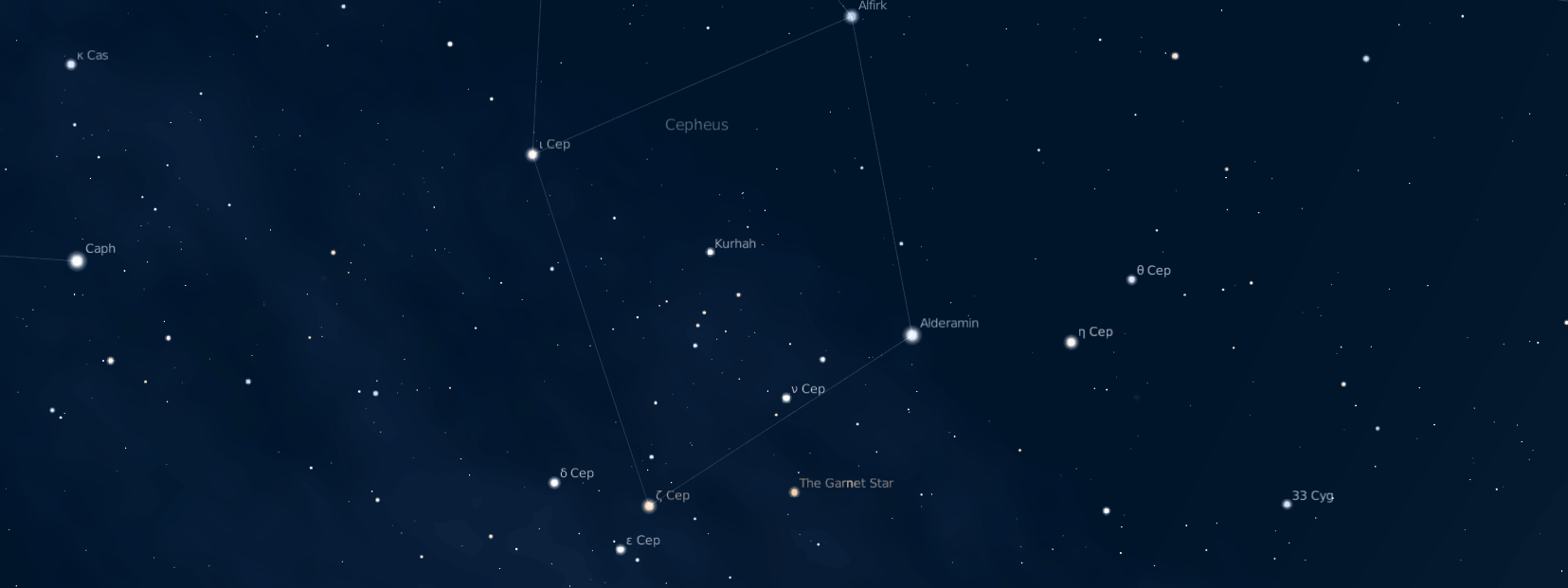
Delta (δ) and Mu (μ) Cephei
: By Glenn Chaple
NGC 457 (the “ET Cluster”)
: By Glenn Chaple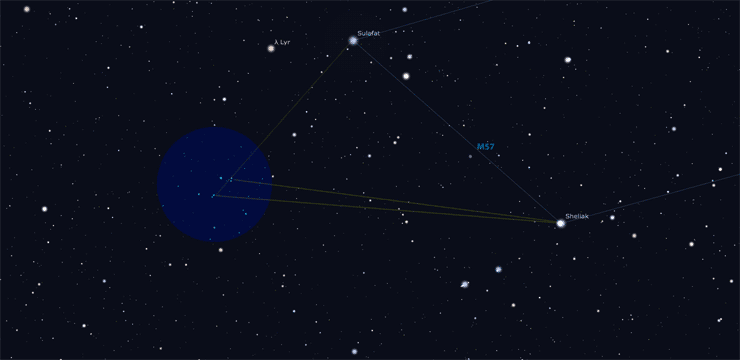
The Ships of Sheliak
: By Jim HendricksonM56: Globular Cluster in Lyra
: By Glenn ChapleOctober Constellations & Folklore
: By Francine JacksonObserve Delta Cephei
: By Gerry DyckAlmach
: By Glenn ChapleM33: Galaxy in Triangulum
: By Glenn ChapleNGC 6939: Open Cluster in Cepheus
: By Glenn Chaple
NGC 891: Edge-on Galaxy in Andromeda
: By Glenn Chaple
Kaffaljidhma: Double Star in Cetus
: By Glenn Chaple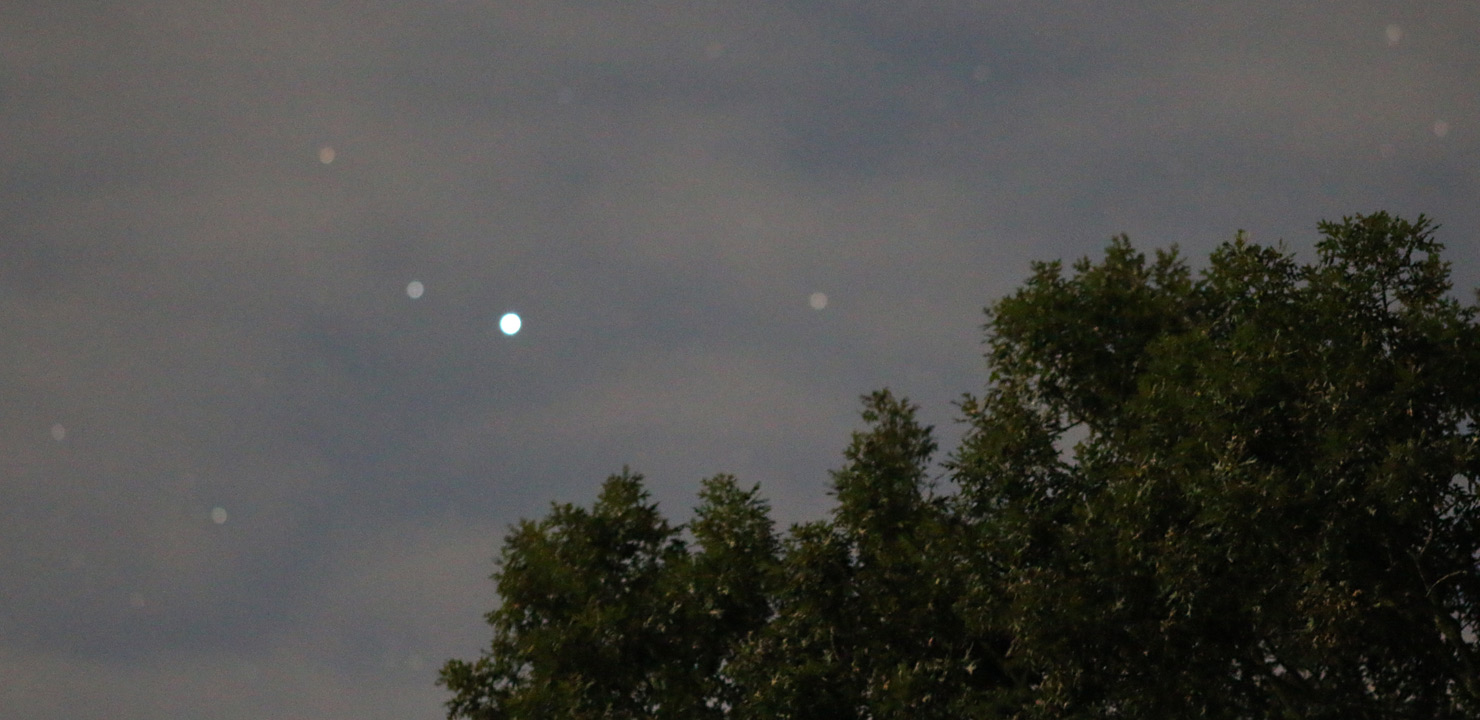
Fomalhaut
: By Francine Jackson
M31: The Great Galaxy in Andromeda
: By Francine Jackson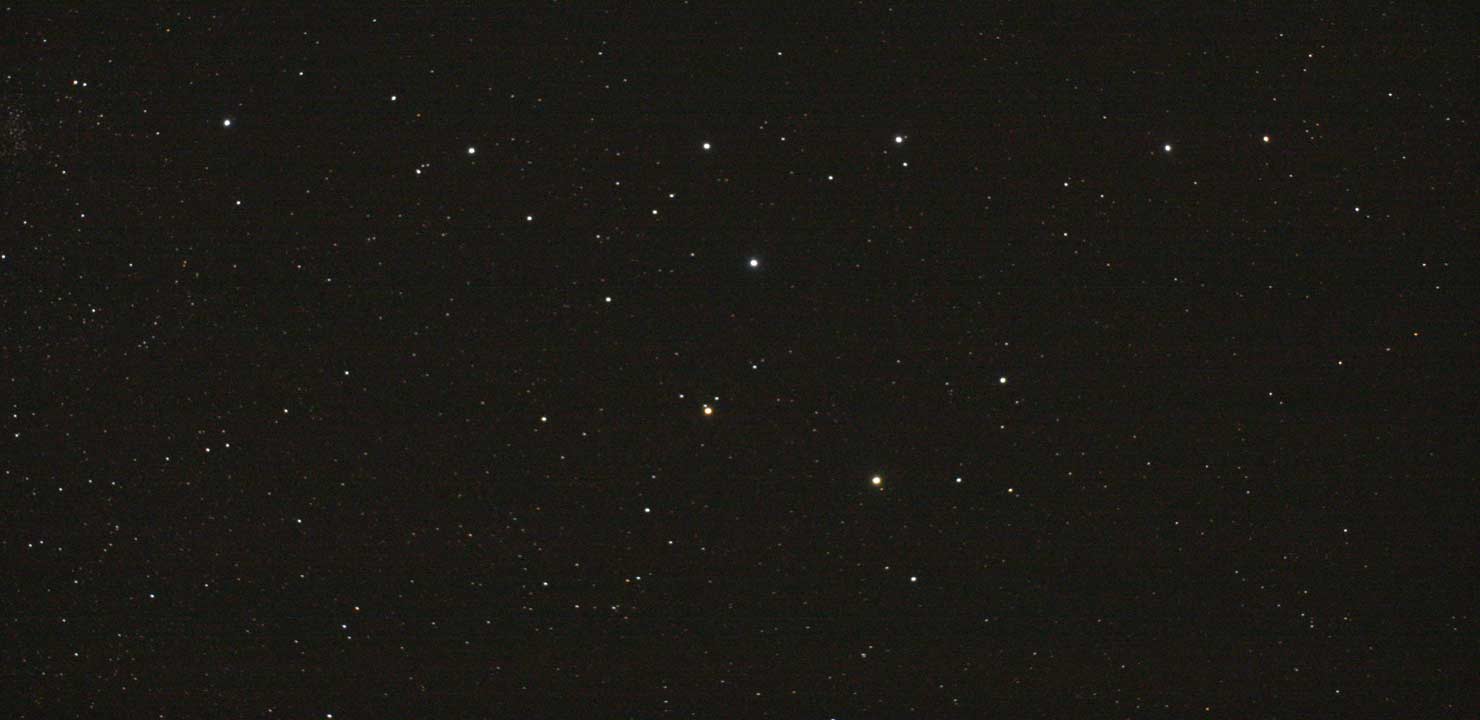
Coathanger Asterism in Vulpecula
: By Glenn ChapleNGC 6934: Globular Cluster in Delphinus
: By Glenn ChapleStruve 2816 and 2819: Triple and Double Stars in Cepheus
: By Glenn Chaple